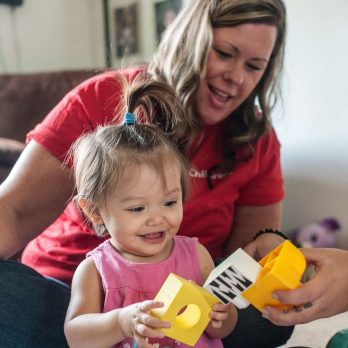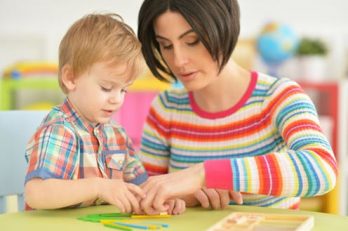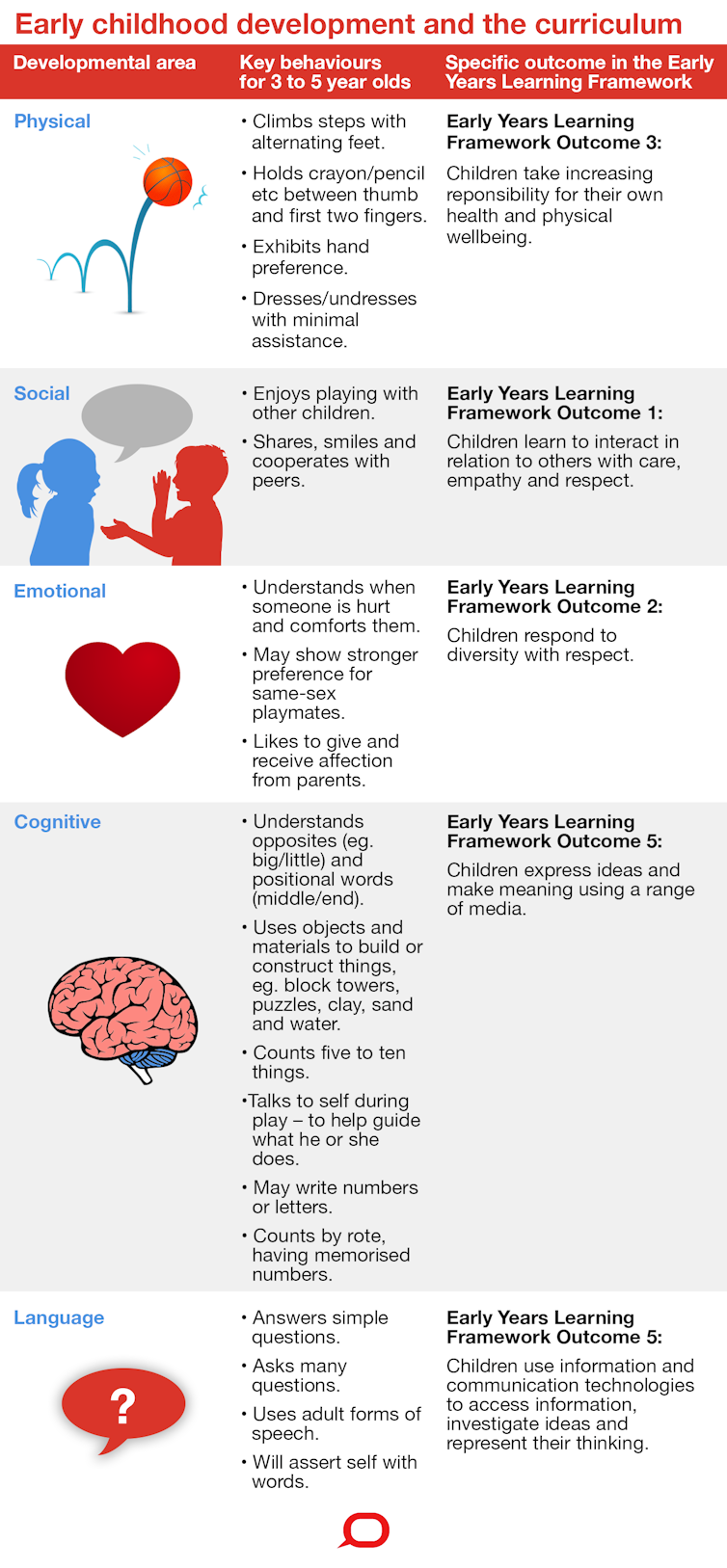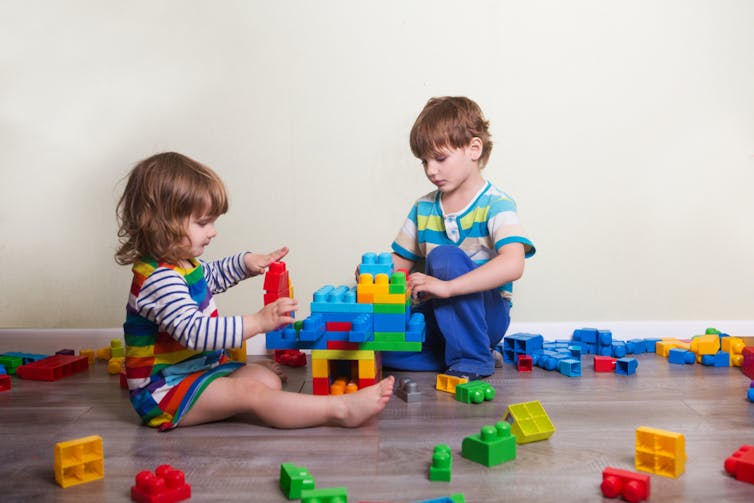One of the most important things to me as a parent is to raise kind children and therefore, kind adults. As my babies have grown, it’s clear that while there is an innate kindness born within them, there is also situational kindness that needs be taught and fostered. Teaching kindness shows its importance and I believe, should focus on where the child is developmentally. My youngest, Hannah, as a preschooler, needs to know how to operate kindly within her world.

Here is a list of ideas on how to teach kindness to preschoolers:
- Do something nice for their teacher – paint them a picture, bring them a treat or a coffee.
- Donate toys that they don’t play with anymore. Explain how it will help children that aren’t as fortunate as they are.
- Smile at five people they see on the street.
- Invite all friends to play – excluding kids isn’t nice.
- Let a sibling pick the movie they’re going to watch.
- Draw a picture for a relative and send it to him or her in the mail.
- Help mom and dad with age-appropriate chores.
- Teach the “why” behind saying please and thank you.
- If you see someone being or doing something nice, point it out to your child.
- Share a favorite toy with a friend.
Mostly, I’m a firm believer that the best way to teach kindness to kids is to model the behavior yourself. They will learn by watching you be kind to friends, family and strangers.
What are ways that you’re teaching your preschooler kindness?














